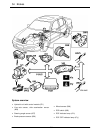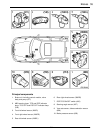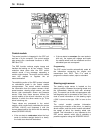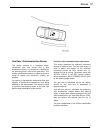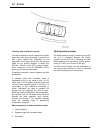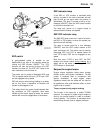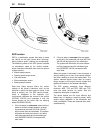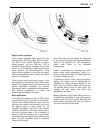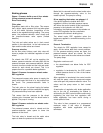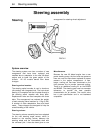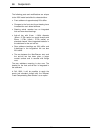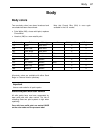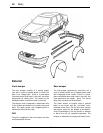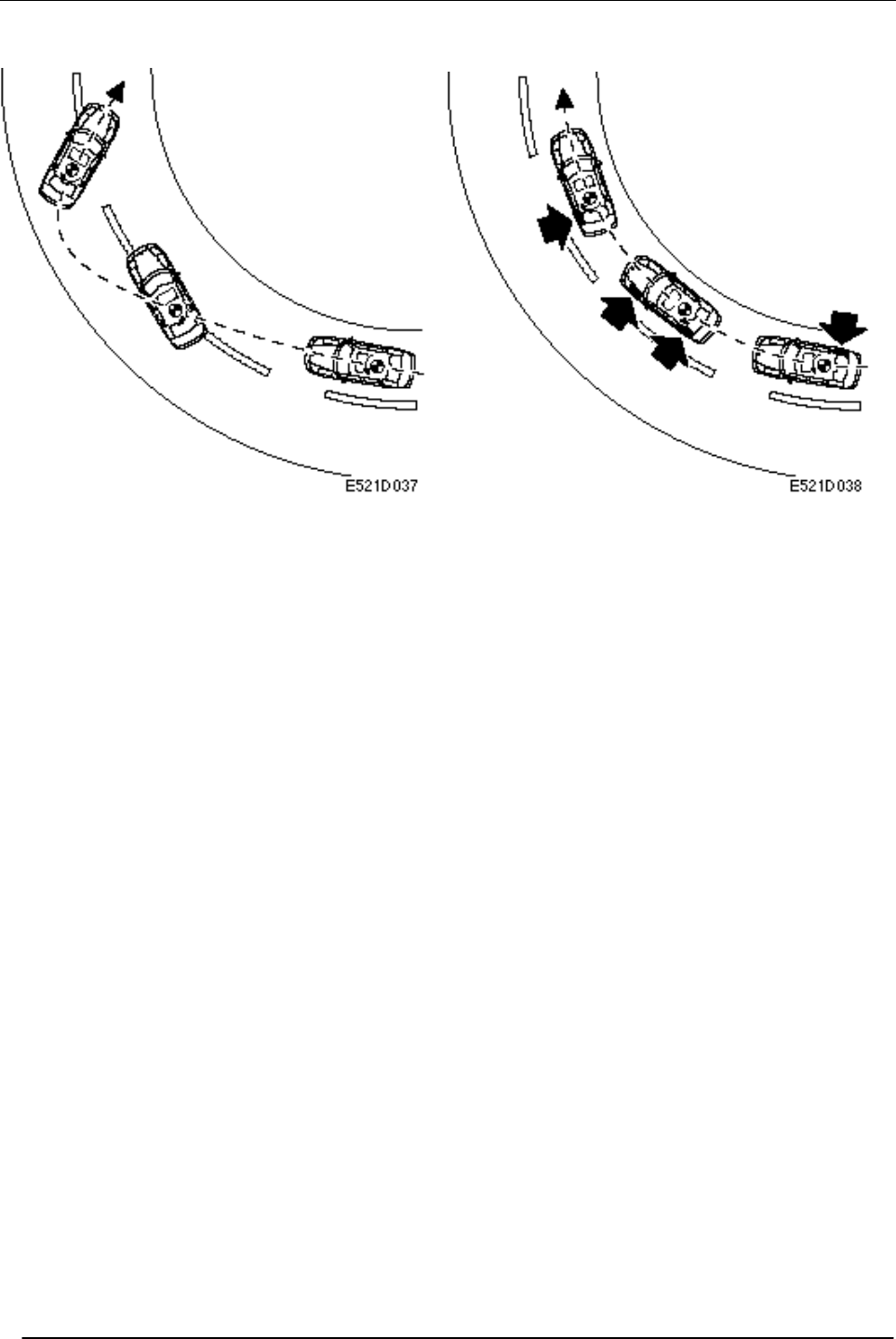
Brakes 61
9-5
Engine torque regulation
Engine torque regulation takes place after bus
communication with the engine control module.
The ESP control module requests an engine
torque between -100 and +400 Nm. This is
achieved through ignition retardation and throttle
control, i.e. by changing the throttle angle and the
boost pressure (air mass/combustion). Using
engine torque regulation means that the brakes
need not be applied as often, resulting in a higher
degree of smoothness.
These actions mean that kinetic energy in the
drive wheels is converted into heat in both cases.
Applying the brakes heats the wheel brakes and
ignition retardation increases the exhaust
temperature. Ignition retardation is not allowed at
high exhaust temperatures to protect the
turbocharger and catalytic converter.
Brake application
The brakes are applied through the ESP control
module governing the pump motor, the pressure-
increase and pressure-reducing valves, and the
inlet and outlet valves in the hydraulic unit so that
the braking force on each wheel can be
controlled individually. The ESP control module
receives information on the brake pressure from
the brake pressure sensor. This information is
used to control the braking force on each wheel
to correspond to the braking force applied by the
driver. An ESP regulated wheel is controlled
using the ESP criteria.
Both front wheels and rear wheels are connected
to the pressure-increase and pressure-reducing
valves in the hydraulic unit. This arrangement
allows each wheel to be controlled
independently.
Friction is estimated by calculating the drive
wheel torque during acceleration (which is a
function of the engine torque) or braking (which is
a function of braking force).
If performing evasive action during emergency
braking, the vehicle can be manuevered by
regulating the braking pressure applied by the
driver using the control module and the pump.
The applied braking force on each wheel can
therefore be both above and below that
requested by the driver.
Braking distance is given priority when braking in
a straight line and stability is given priority during
evasive action. ESP can be active both when the
driver applies the brakes and when the driver is
not even touching the brake pedal.




